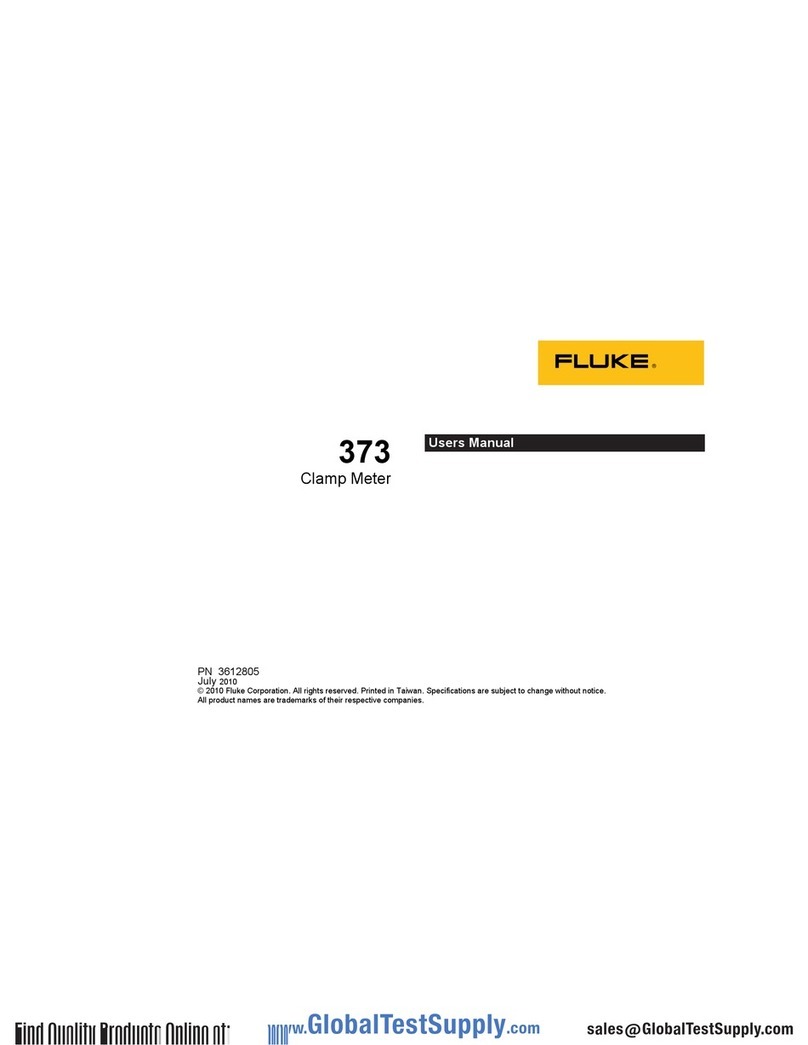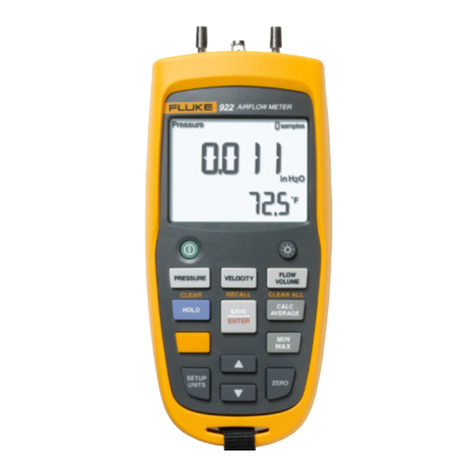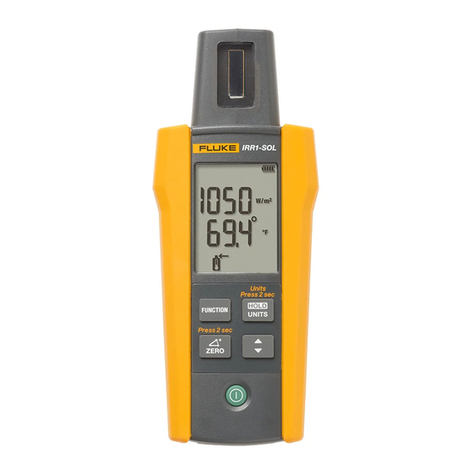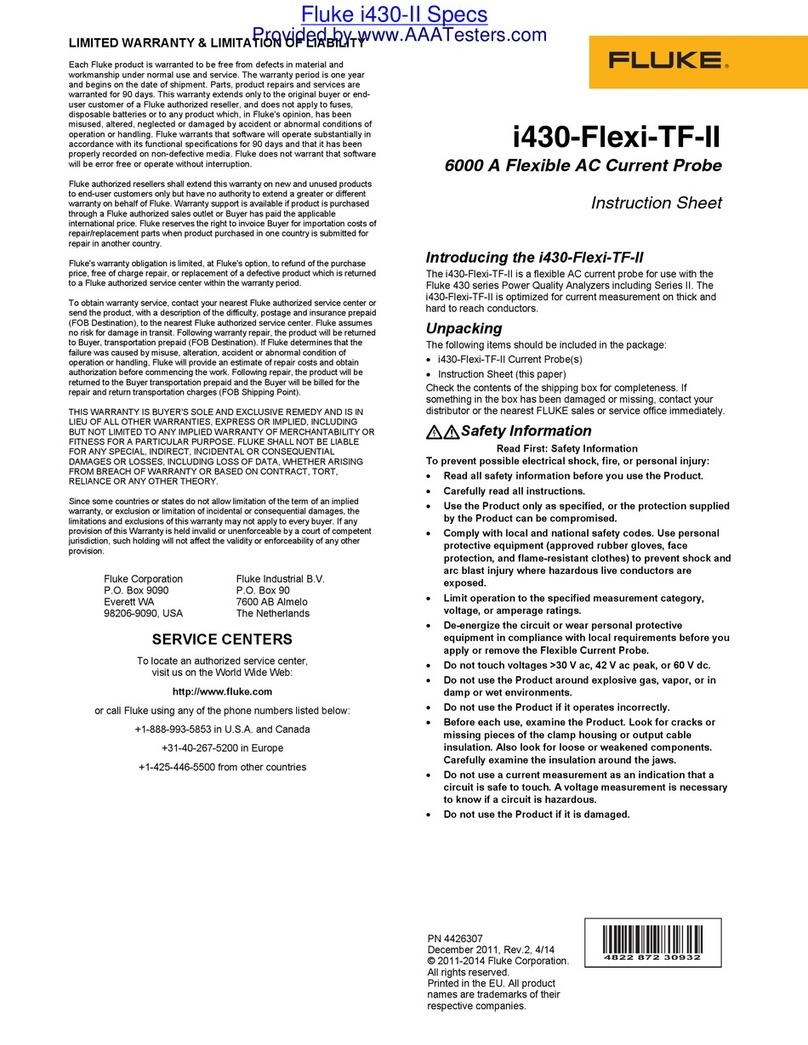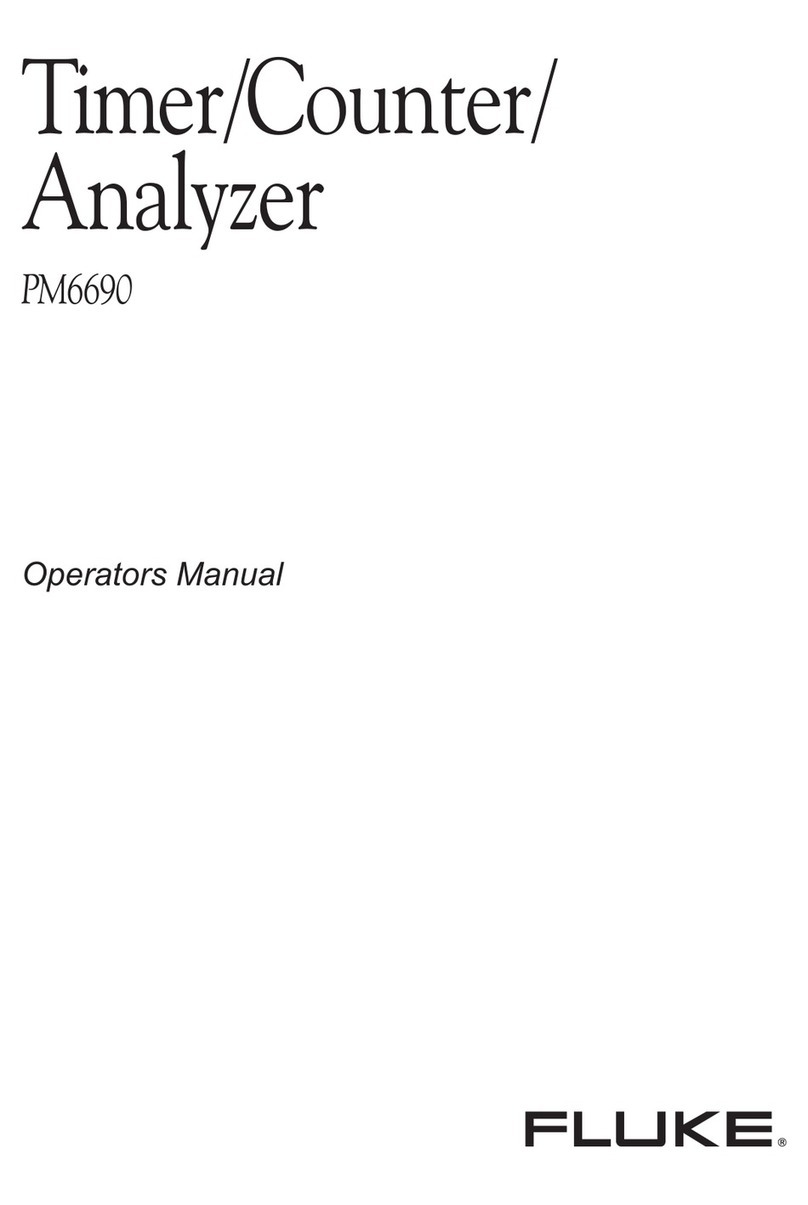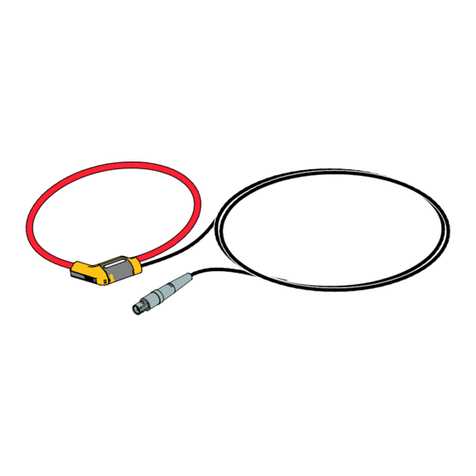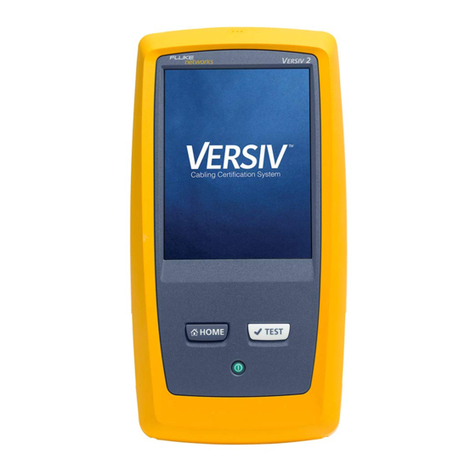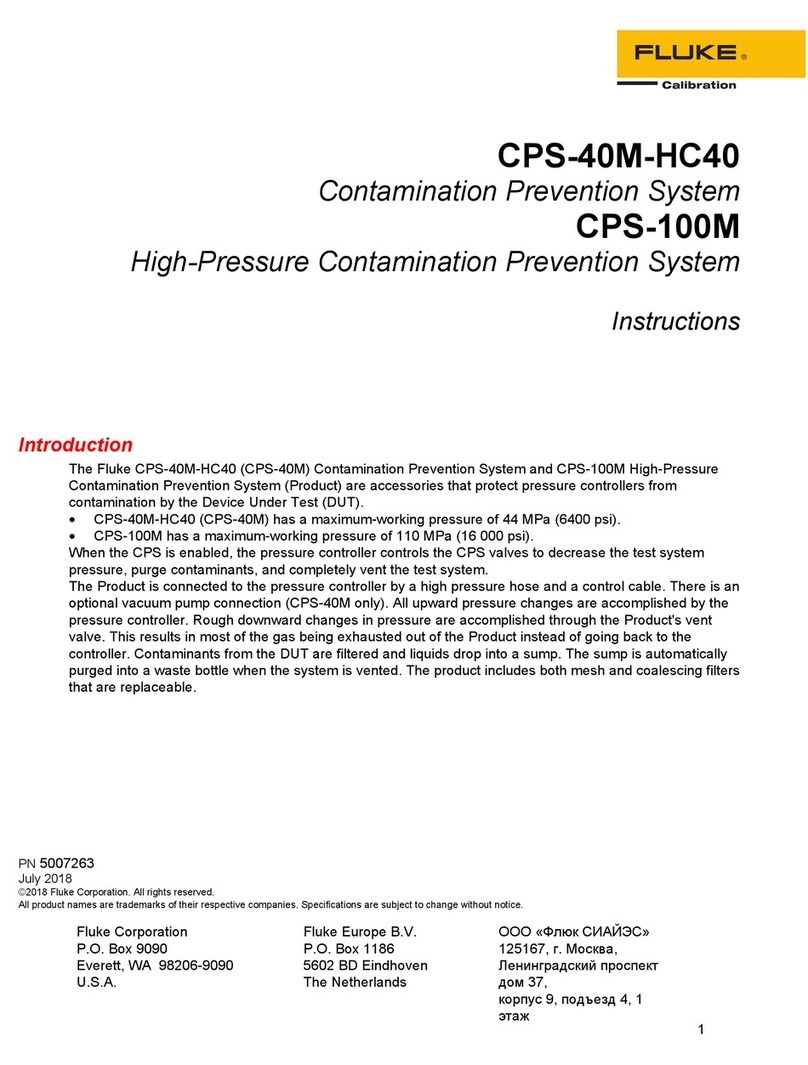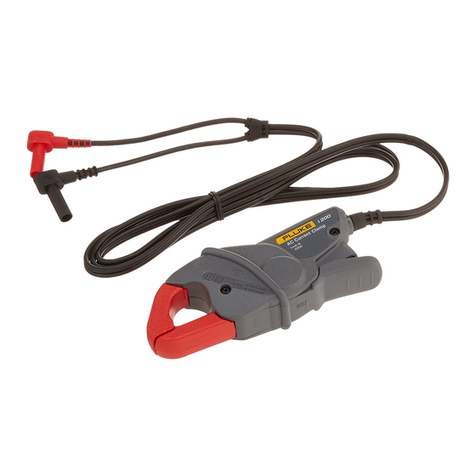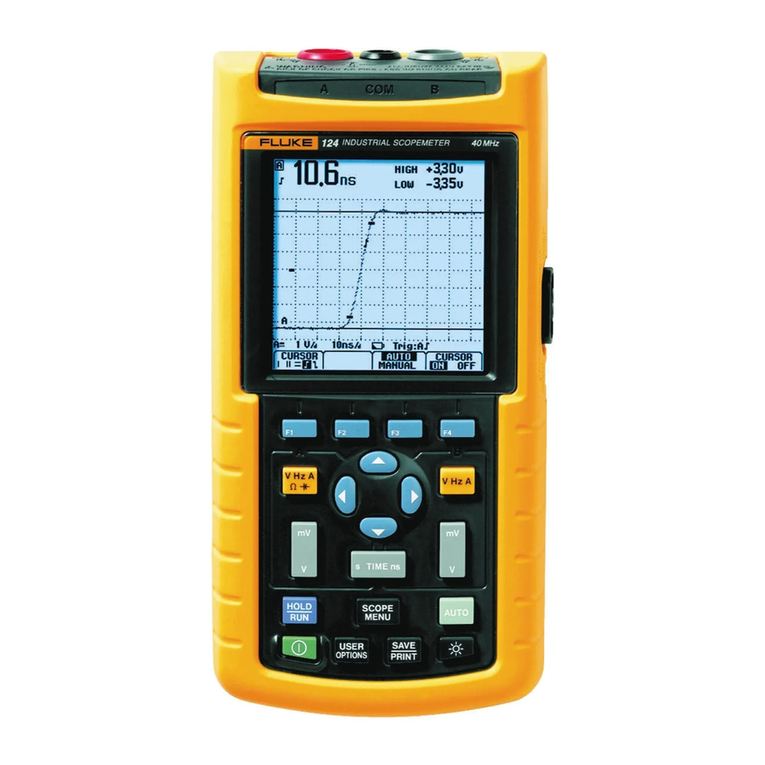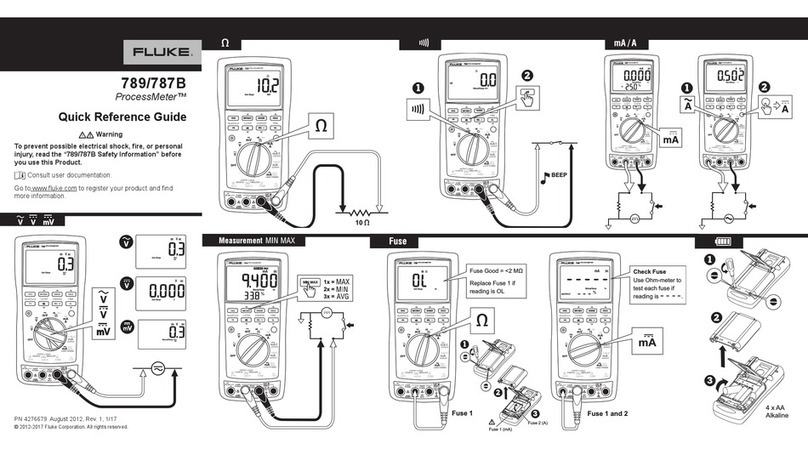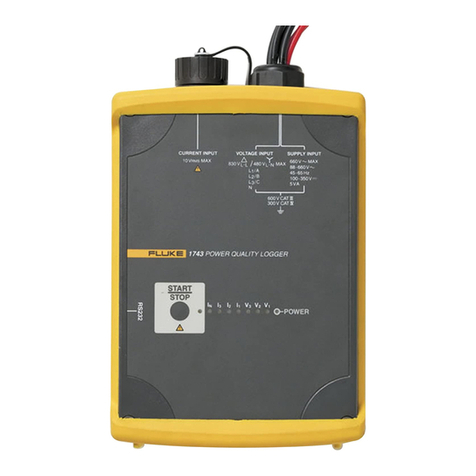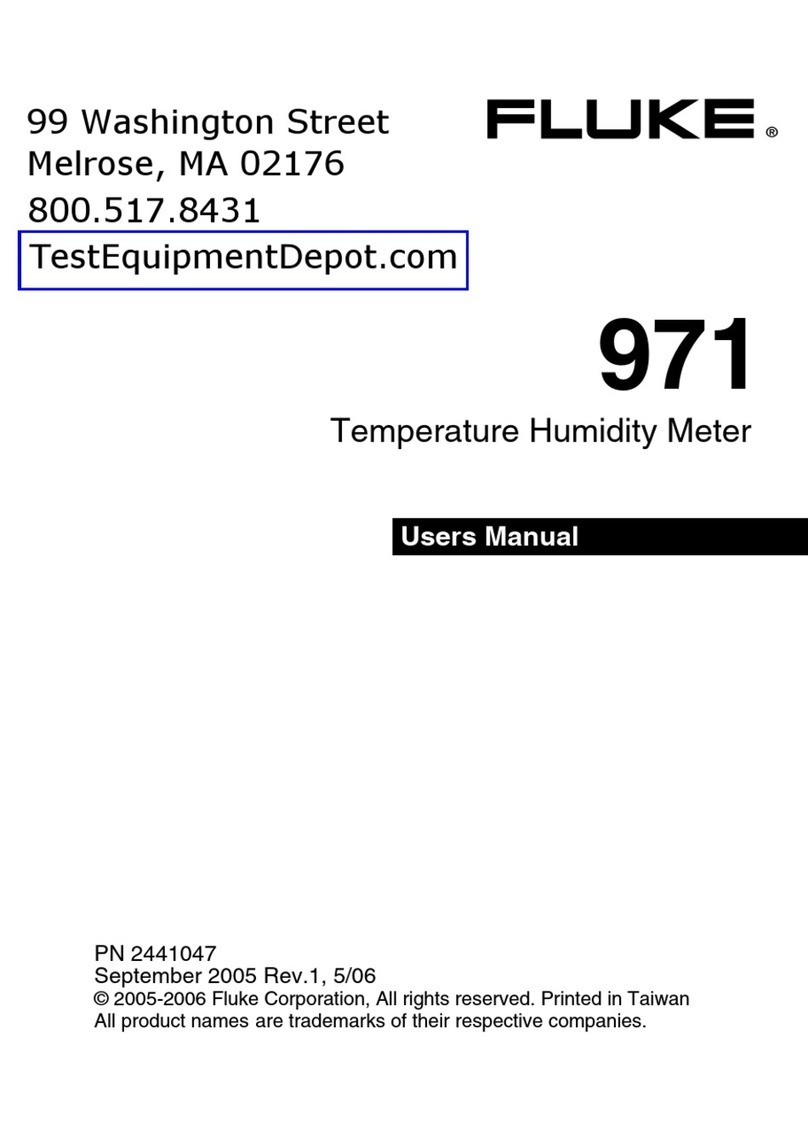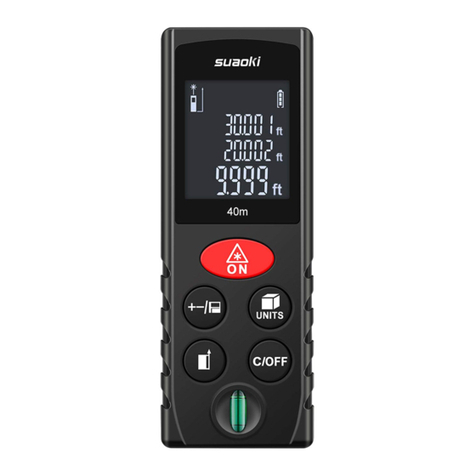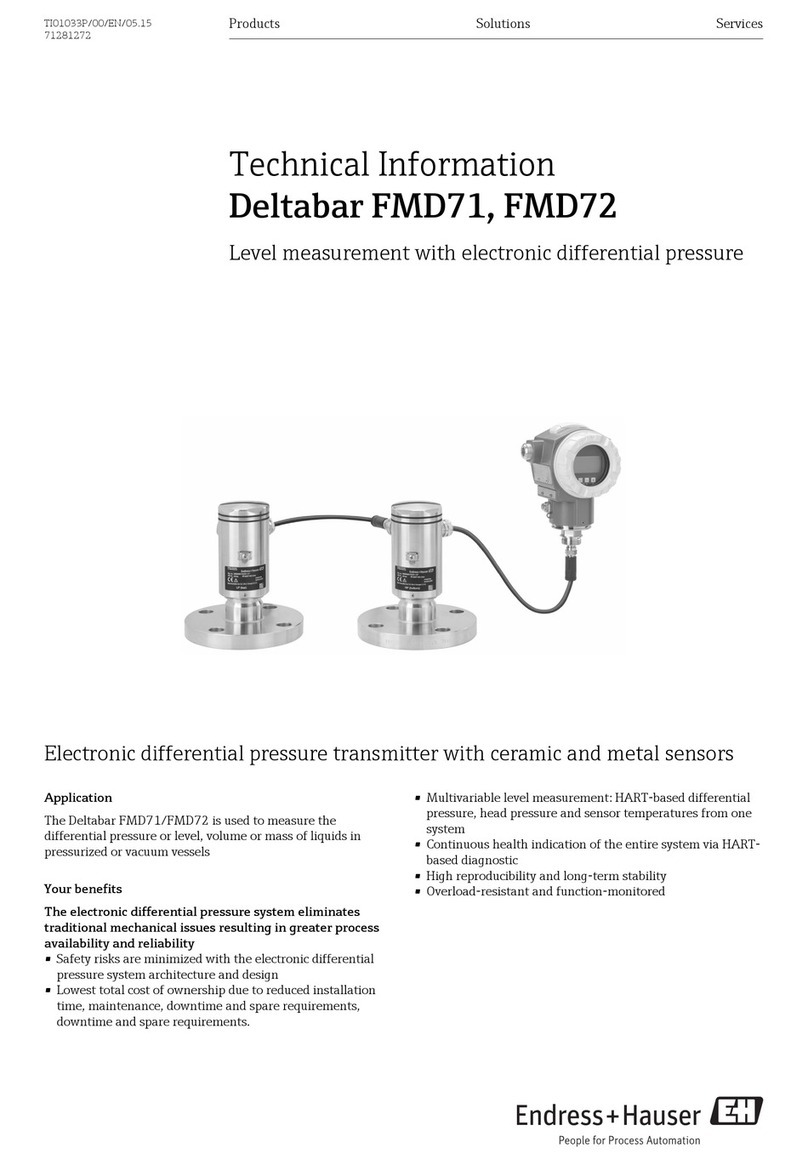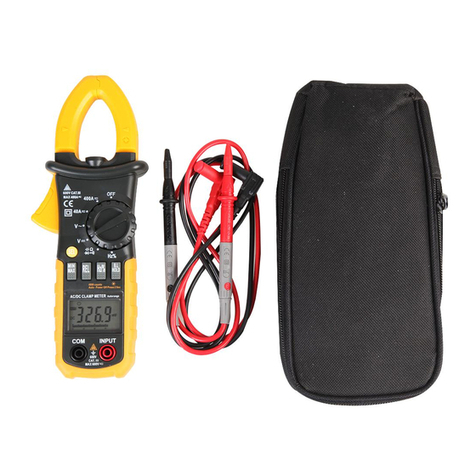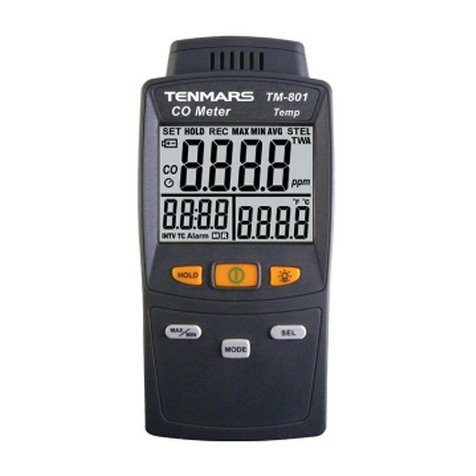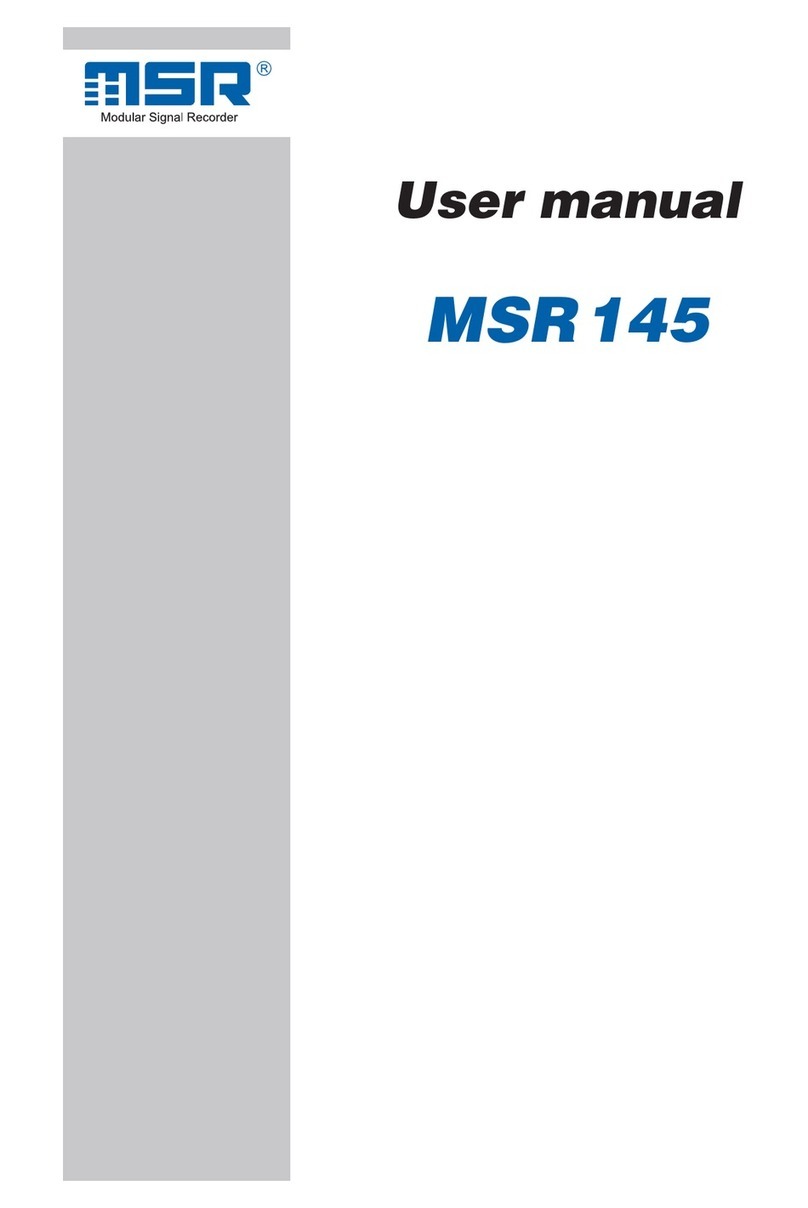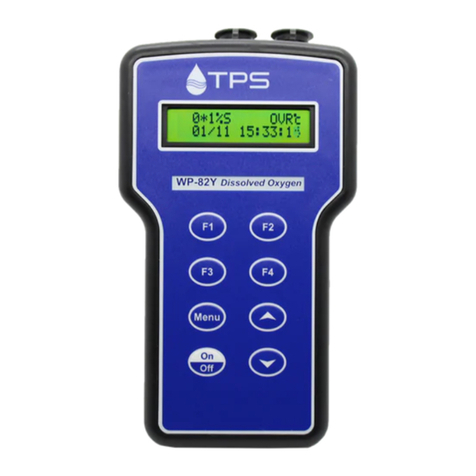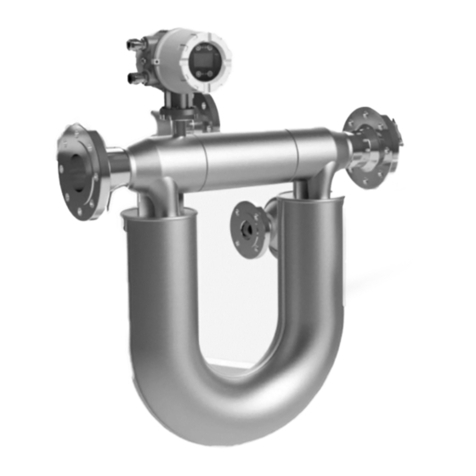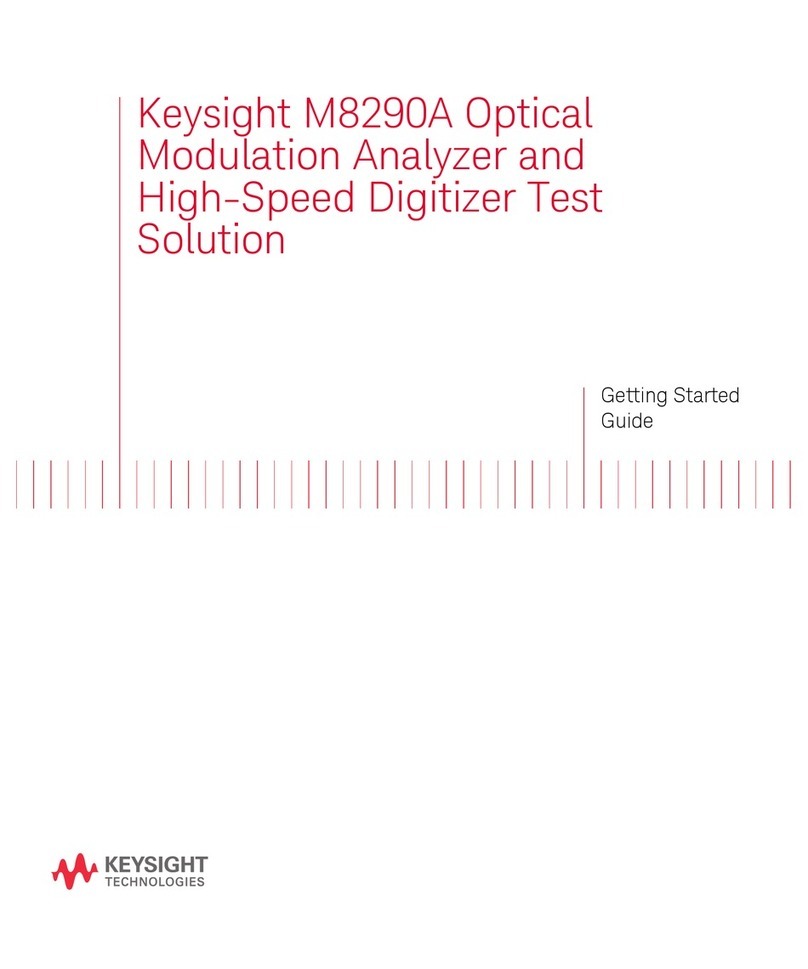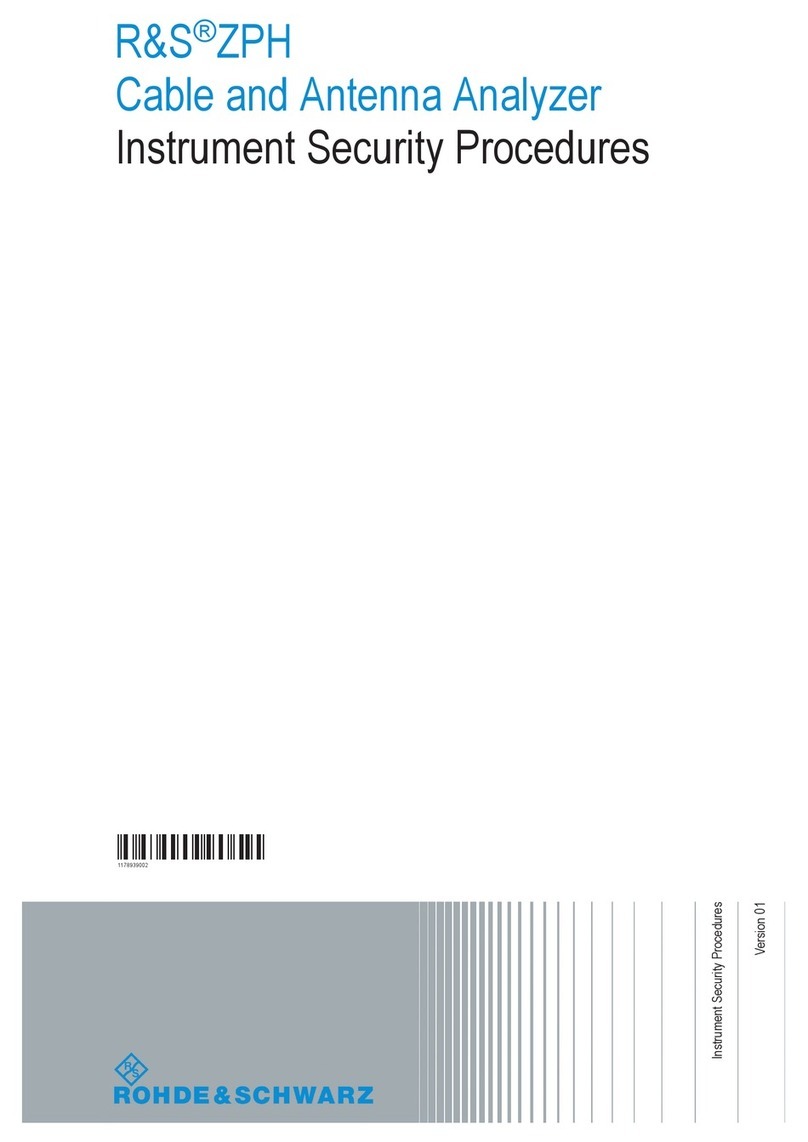
Figure 2-6. CHASSIS GROUND -JUMPER WIRE LOCATION
Model 845AR on the desired range. This reading must
then be subtracted from all subsequent voltage measure-
ments. Athorough understanding of these effects can
lead to reducing or eliminating them completely.
2-23. THERMOELECTRIC VOLTAGES
2- 24. If acircuit is composed of two dissimilar metals,
anet voltage will result if the two dissimilar junctions
are maintained at different temperatures. These ther-
moelectric voltages, also known as thermals, thermo-
couple voltages, or Seebeek voltages, can be reduced
by using metals having low thermoelectric potentials,
and keeping ail junctions at the same temperature. The
terminals of the Model 84SAB are made of pure copper,
gold-flashed to prevent tarnish. For lowest thermal
voltages, all connections to the Model 845AR should foe
made with, pure copper wire. Silver plated copper or
solder coated copper also produce satisfactory results.
Tinned copper is less satisfactory than silver -plated or
copper coated copper, Nickel and nickel-based alloys
are not suitable for connections to the instrument.
Excellent results can be obtained using ordinary TV
twin lead, or even lamp cord if high insulation re-
sistance is not required. If shielding is necessary, use
a length of flat braid over the cable.
2-25. HIGH SOURCE IMPEDANCE
2-26. Due to the very high input resistance and ex-
treme sensitivity of the Model 845AR, it. is charge,
sensitive. Thus, aperson's body potential, an electro-
static voltage, can cause charge redistribution at the
input to the instrument and result in meter needle de-
flection as ahand approaches the input terminals.
Careful shielding will eliminate this problem. Also,
due to charges that may be deposited on the- input termi-
nals when the OPR-ZERO switch is set to ZERO, an
appreciable transient will result when the switch is set
to OPR if nothing is connected to the input terminals.
Turning the switch back and forth will dissipate this
charge, eliminating the problem. With a high source
impedances, the response of the instrument is unavoid-
ably slow due to the low pass filter used to suppress
superimposed noise. However, the design of the low
pass filter is such that common mode rejection is ex-
tremely high while the response time for the normally
encountered low source impedances is very fast,
2-4
2-27. OVERLOAD VOLTAGES
2-28. The instrument, is designed to withstand up to
1100 volts dc or 1100 volts peak ac continuously applied
between any two of the three input terminals or between
cabinet ground and any of the three input terminals
regardless of the setting of the RANGE or OPR-ZERO
switch. However, repeated or continuous overloads
above 200 volts in the ranges below 3millivolts will
result in dissipation in protective, low-pass-filter
resistor RUG. This will result in thermal voltages
which may take several minutes to subside after the
overload is removed.
2™ 29. GUARDING
2™ 30. The instrument has an inner chassis connected
to the GUARD terminal on the front panel. Ordinarily,
this GUARD terminal is strapped to the COMMON termi-
nal,, When connected in this way tSie inner chassis
serves as ashield. This greatly improves the leakage
resistance to ground and the common mode rejection.
However, since the inner chassis is available at the
GUARD terminal, it may be driven at the same voltage
as the COMMON terminal. This further increases the
leakage resistance and common mode rejection by about
ten times. The voltage used to drive the GUARD termi-
nal should be obtained from aseparate source or by
means of avoltage divider connected directly across
the source so that the leakage currents do not cause
voltage drops across impedances in the circuit under
measurement.
2-31. CREASING INPUT RESISTANCE
2-82, in the 1microvolt to imillivolt ranges, aJS‘
megohm resistor is connected directly across the input
of the instrument. The input resistance may be in-
creased on these ranges by disconnecting the ><3 meg-
ohm resistor where it attaches to the RANGE switch.
However, the input resistance will no longer be well
defined. Typical input resistances with the 3$ megohm
resistor removed are as follows:
t
Range Input Resistance
.1 uv 300 megohms
3uv 1,000 megohms
.10 uv 3, 000 megohms
iv to Imv 10,000 megohms
